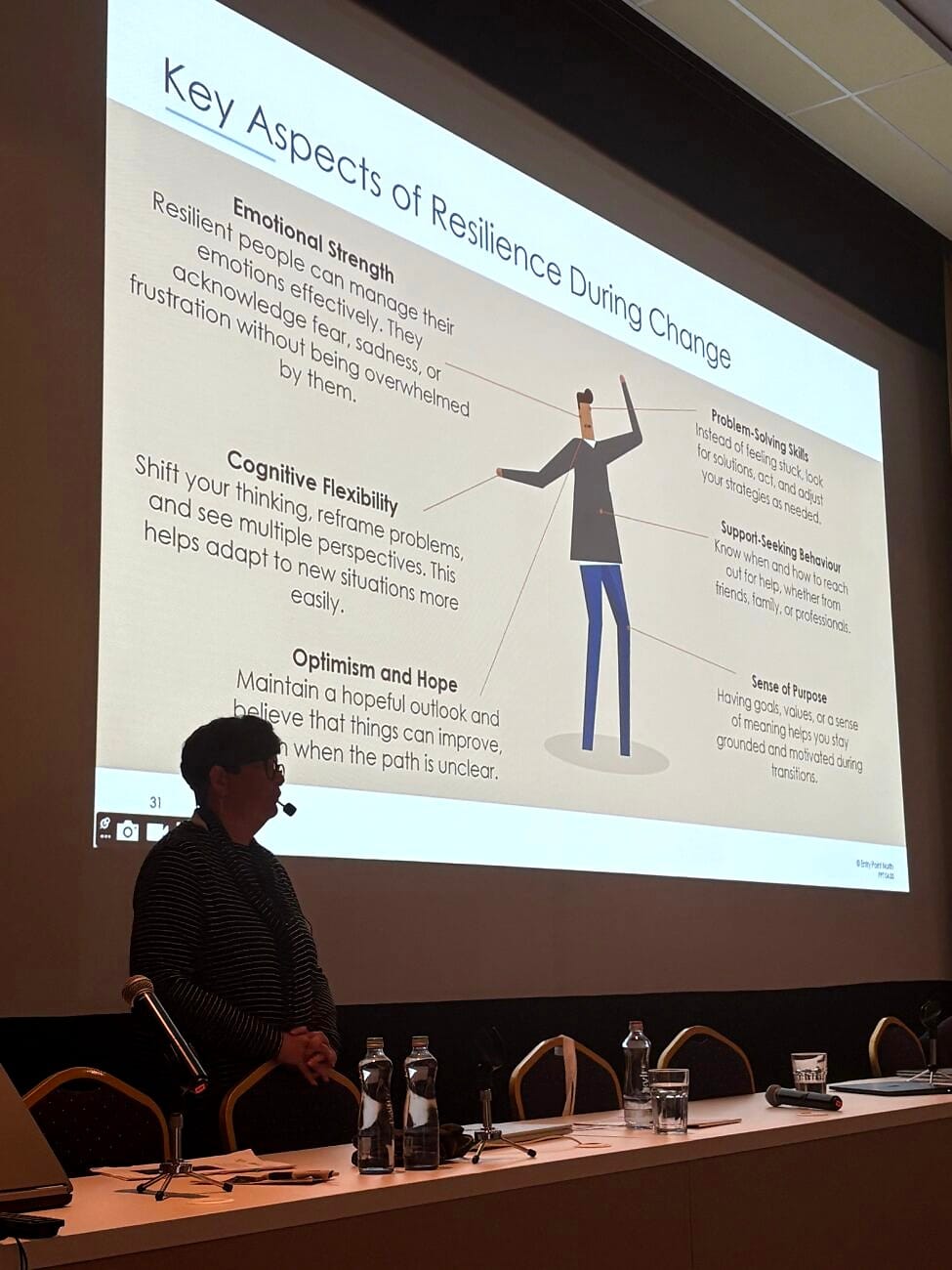

Automation in ATM: Value, Risks, and Human in the Loop
Automation in European ATM is accelerating, with SESAR driving higher levels of automation supported by AI through 2045. In this article, Sofi Wadsjö from Entry Point North explains where automation creates value, where it introduces risk, and why human in the loop design remains essential.
The road ahead for ATM
In the coming years ATM services will change. How much and how fast remains to be seen, but change is certain. The SESAR ATM Master Plan outlines a path to progressively higher levels of automation, with selected services expected to reach very high automation by 2045. Which services those will be is still open.
A brief history of automation
Automation ideas entered aviation in the 1950s and surged with the advent of computers in the 1970s. Early thinking framed humans as the unreliable element. The logic was simple. Remove the human and you remove the error. Over time, evidence made it clear that automation cannot replace humans wholesale. Safe systems are built when people and technology work side by side, each doing what they do best.
Where automation adds value
Well designed automation already strengthens ATM in three areas.
- Information exchange. This was the first use case in ATM. It remains the most mature area thanks to international standards.
- Safety tools. These help with conflict identification and reduce the impact of human error.
- Efficiency tools. These support the controller planning process and workload management.
Where automation creates constraints and risk
To unlock benefits, and to design the next wave responsibly, we must be honest about limitations.
- Situational awareness and mental models. Lower engagement when systems appear to run themselves can degrade operators mental models. Eye tracking studies indicate that attention does not automatically scale with traffic under full automation.
- Skill decay. Supervisory roles can erode hands on skills over time. This increases the need for recurrent and scenario based training.
- Cyber and GNSS resilience. Jamming and spoofing already occur in some regions. Any connected or AI component increases the attack surface. Certification and approval barriers are intentionally high.
- Human automation teaming. Explainability and transparency are necessary for meaningful oversight and timely intervention.
- Legal responsibility. Allocation of liability when automated decisions go wrong remains a major concern.




Work as Imagined vs Work as Done (WAI vs WAD)
Rules, manuals, and work as imagined seldom capture the nuances of work as done, that is, the service actually delivered. Automated systems must be designed to support work as done, not only codify work as imagined.
Case insight: AI-supported FIS in Sweden
A recent Swedish study prototyA recent Swedish study prototyped AI supported FIS and tested it with pilots and controllers.
Key finding. FIS is far more than relaying data. The real work requires careful reading of user needs and context, for example student or professional, VMC or IMC, turbulence, stress. It requires adaptive communication, for example pace, tone, language switching, and plain language under pressure. It demands uncertainty management and probing during unusual events or emergencies. It also requires operating within workstation constraints, for example below radar traffic or partial data, while still providing useful guidance.
Outcome. Pilots preferred human provided FIS. Sweden will train new personnel to provide human FIS rather than deploy the automated version next year.
A resilience playbook for individuals and teams
Change is coming, whether exactly as the ATM Master Plan envisages or via a different path. Resilience helps us adapt, recover, and grow through uncertainty.
- Flexibility. Accept change, plan for it, and adjust tactics.
- Emotional regulation. Acknowledge fear of loss. Name concerns and address them.
- Sense of purpose. Anchor on safety and service. Evaluate proposals through that lens.
- Problem solving. Engage early, test, iterate, and adapt strategies.
- Know your role. Dreamers and innovators explore possibilities. Experts describe work as done so designs match reality. Regulators safeguard safety cases. Unions protect people and keep advocacy separate from technical input.
- Support networks. Collaborate across ANSPs and borders. Share resources and evidence.
- Grounded optimism. Aviation changes deliberately, with safety as the gate. Participate to shape outcomes.
Key takeaways
Survival favours adaptability. Resilience is how we cope and how we thrive. To build safe systems that truly support people, operators must be actively included in automation design, trials, and approvals. Involve yourself in innovation projects and bring operational expertise to the table.
This article is based on a keynote Entry Point North delivered at the IFISO Seminar in Bratislava, September 2025. Reach out to sales@entrypointnorth.com if you want to discuss this important topic further.